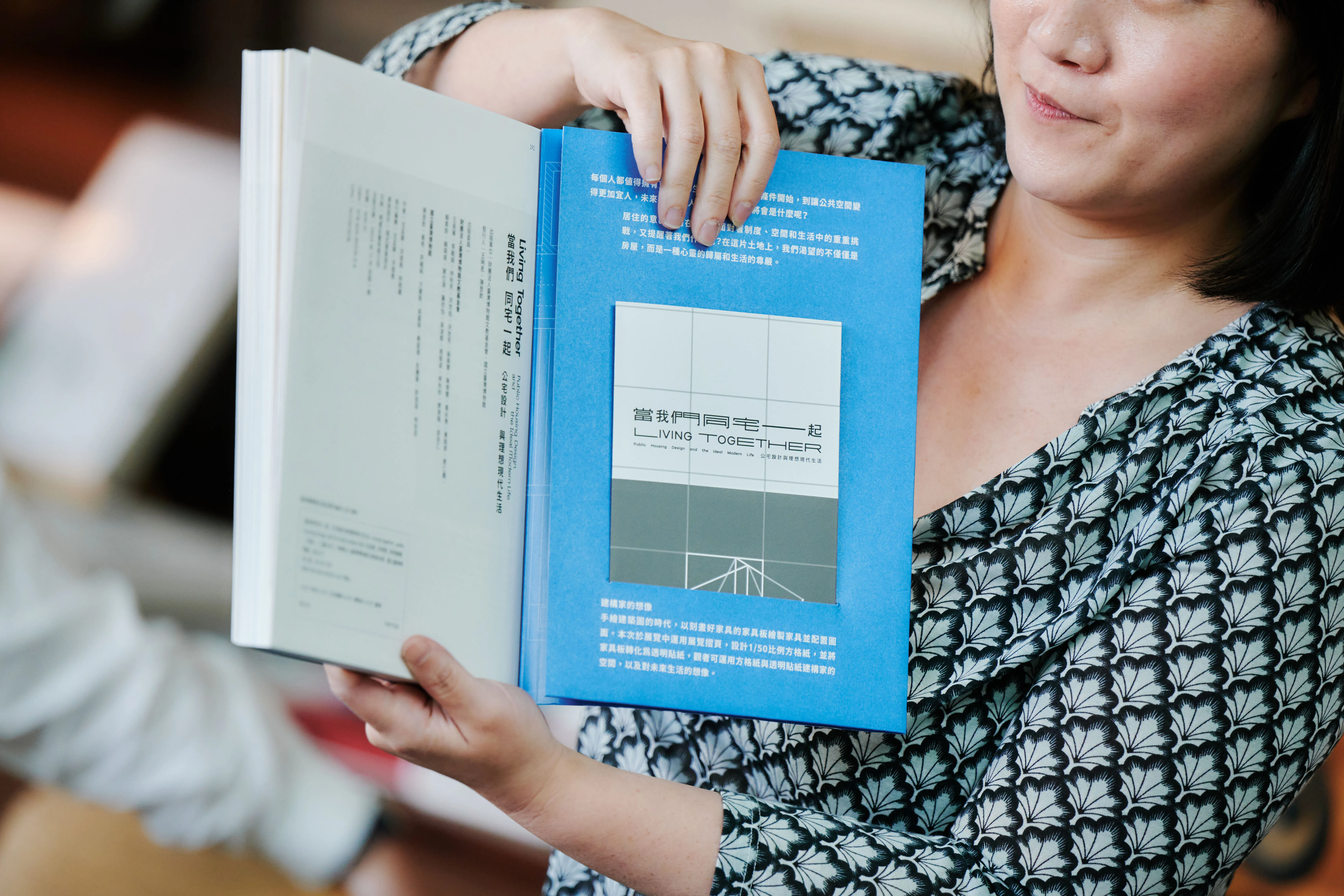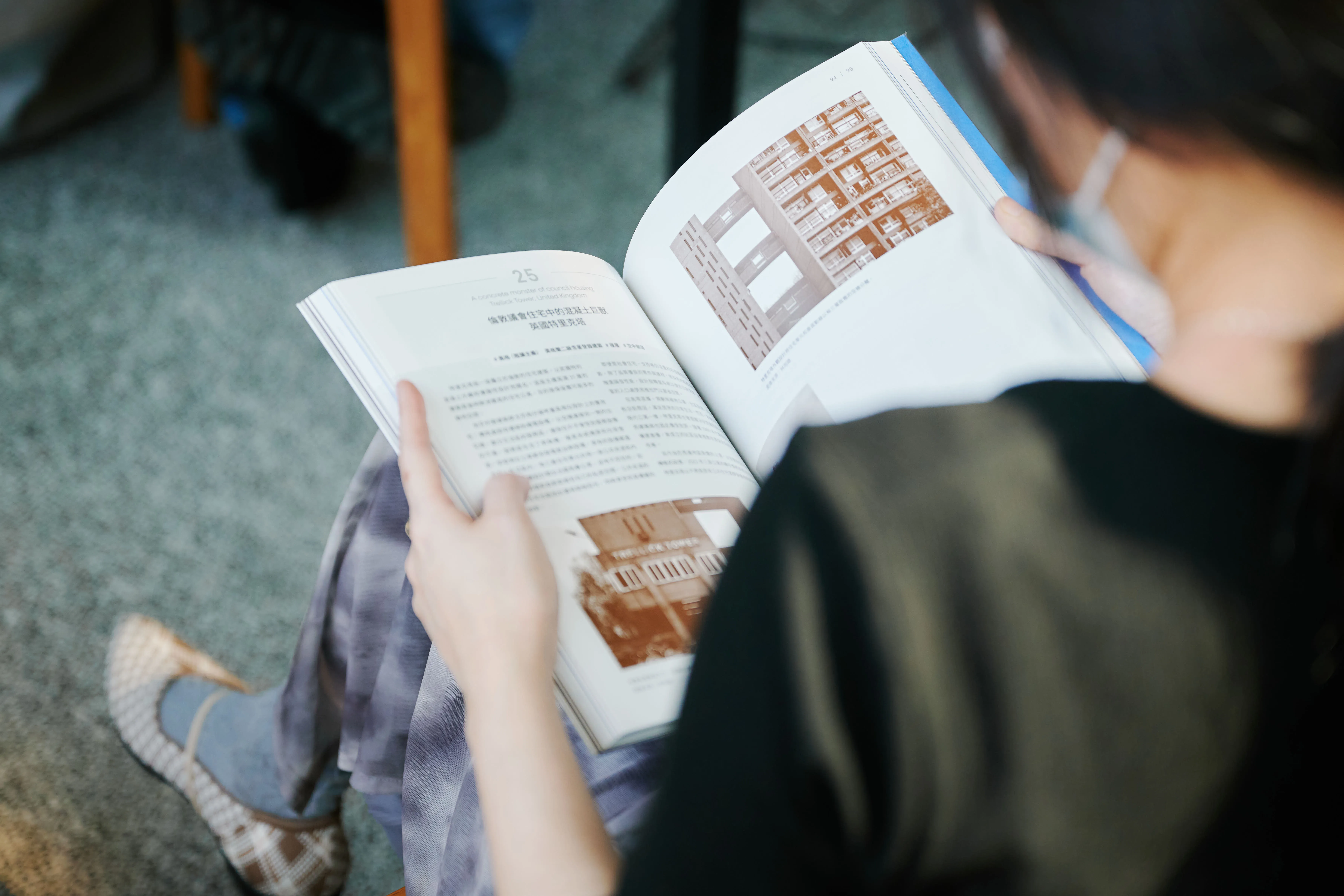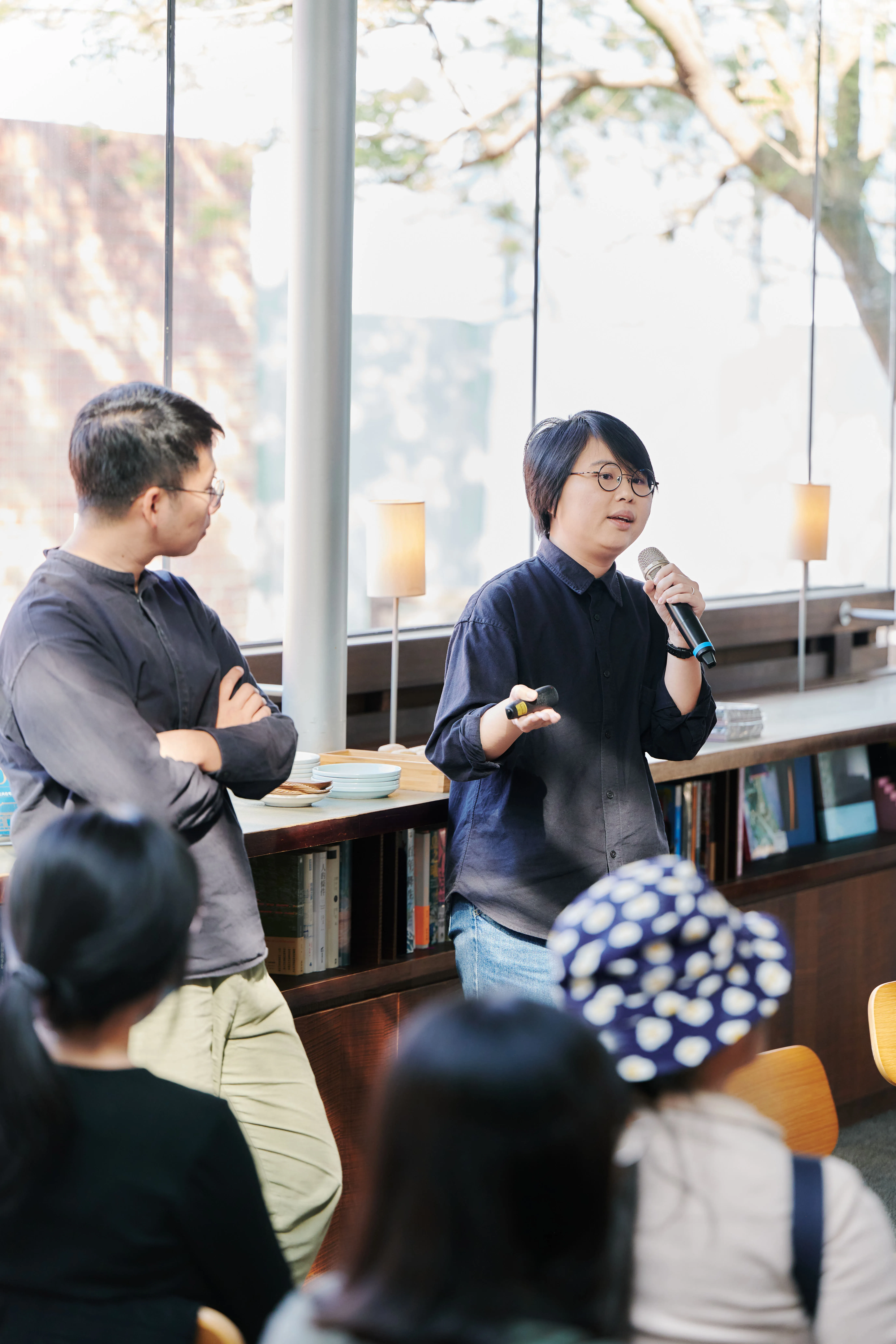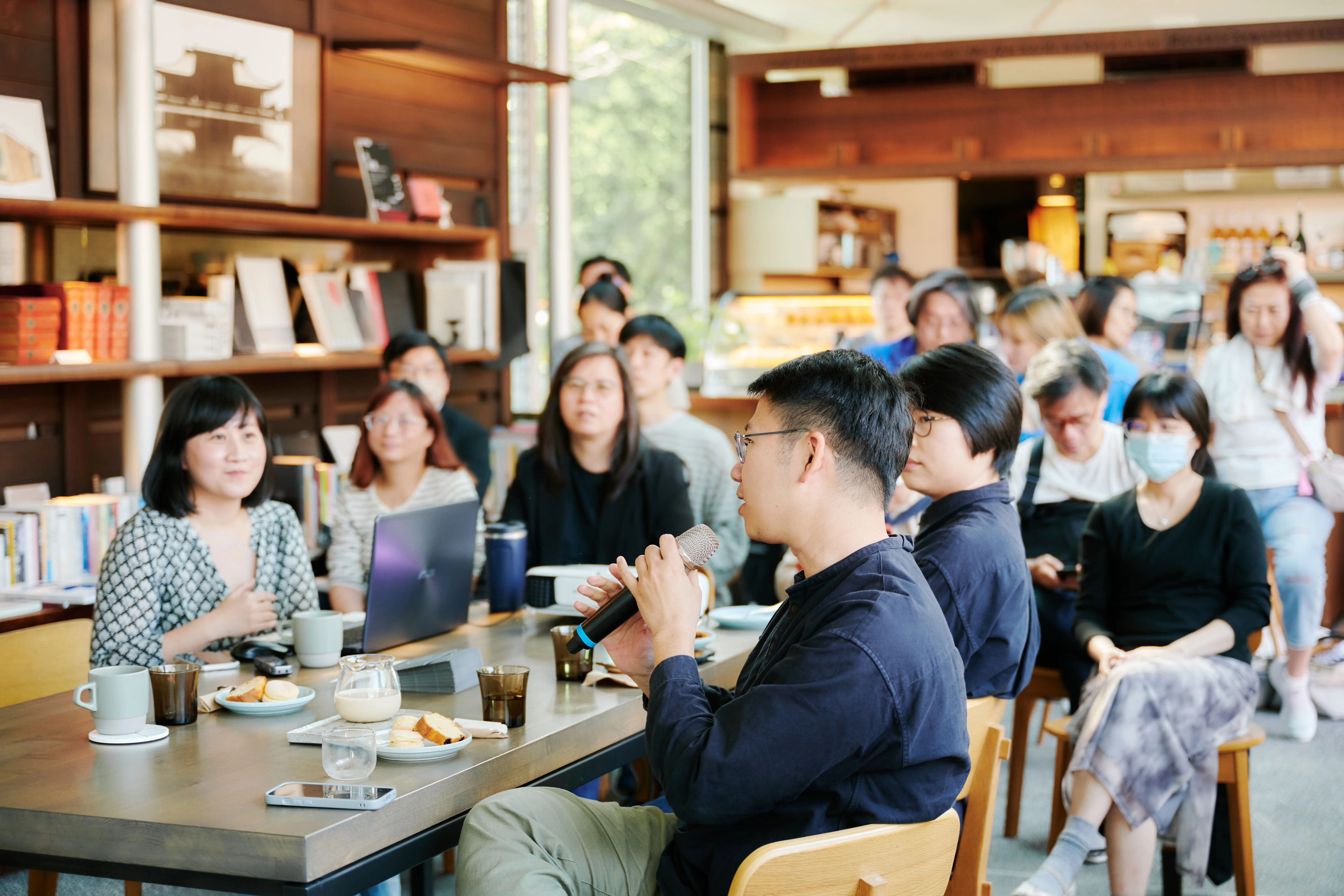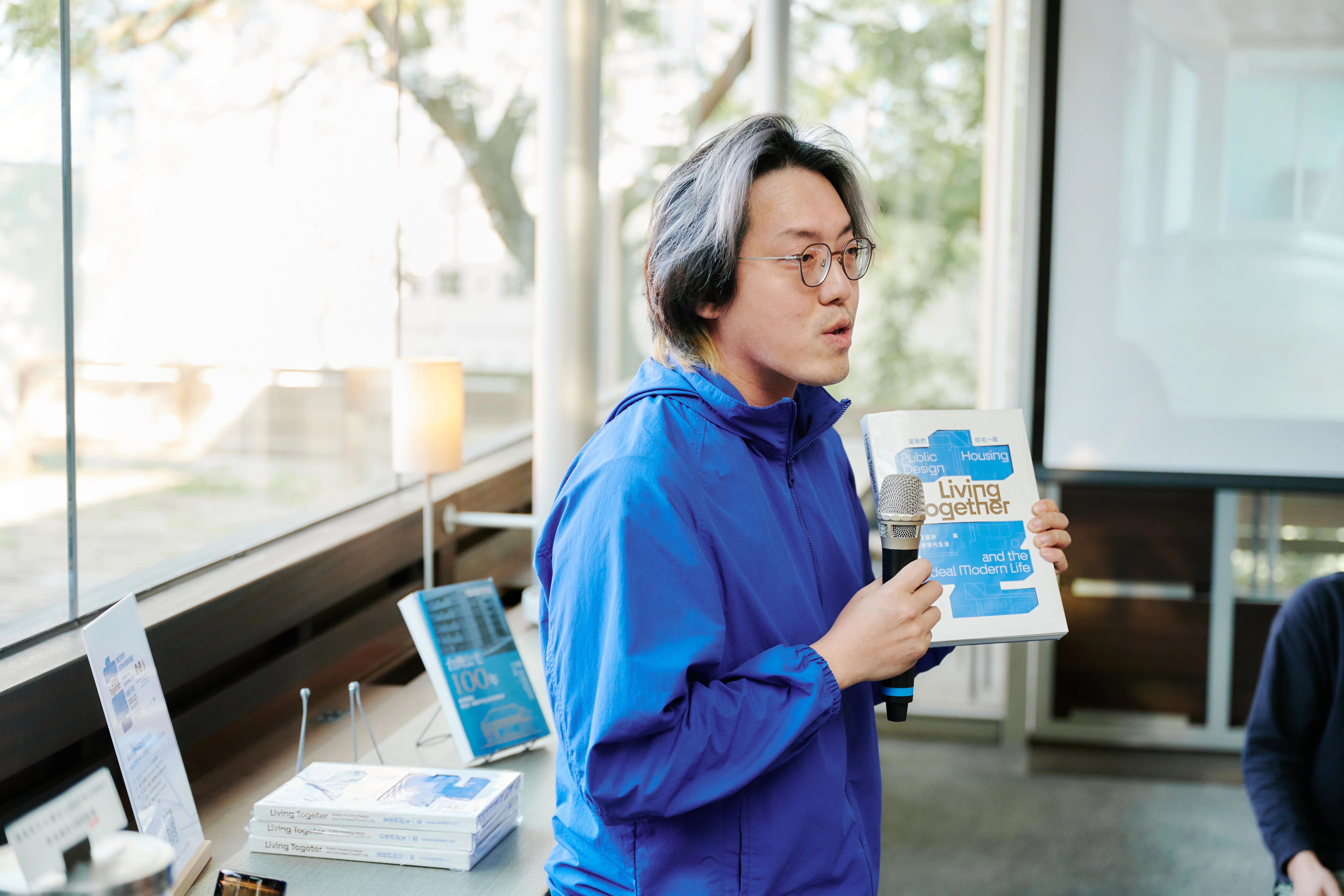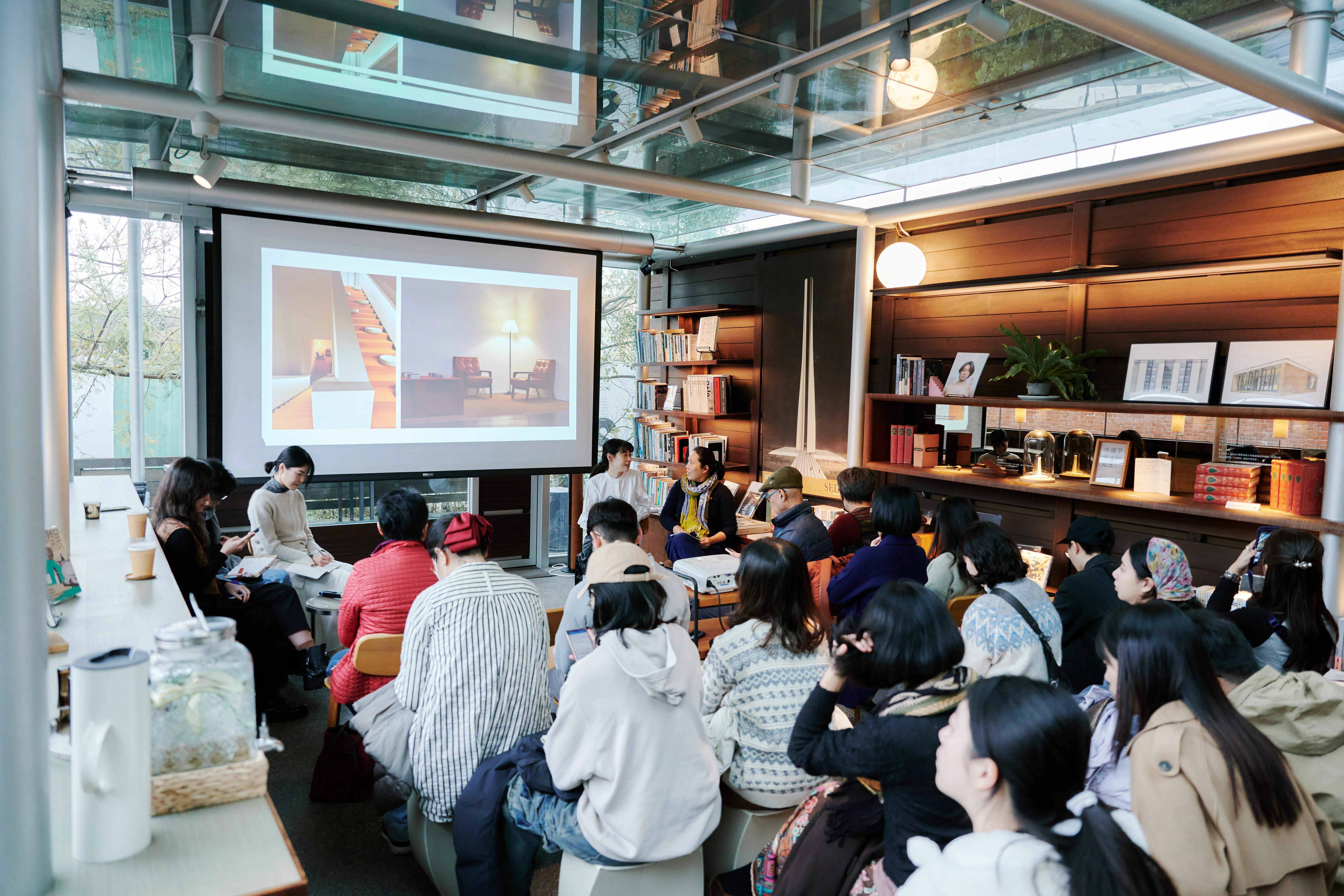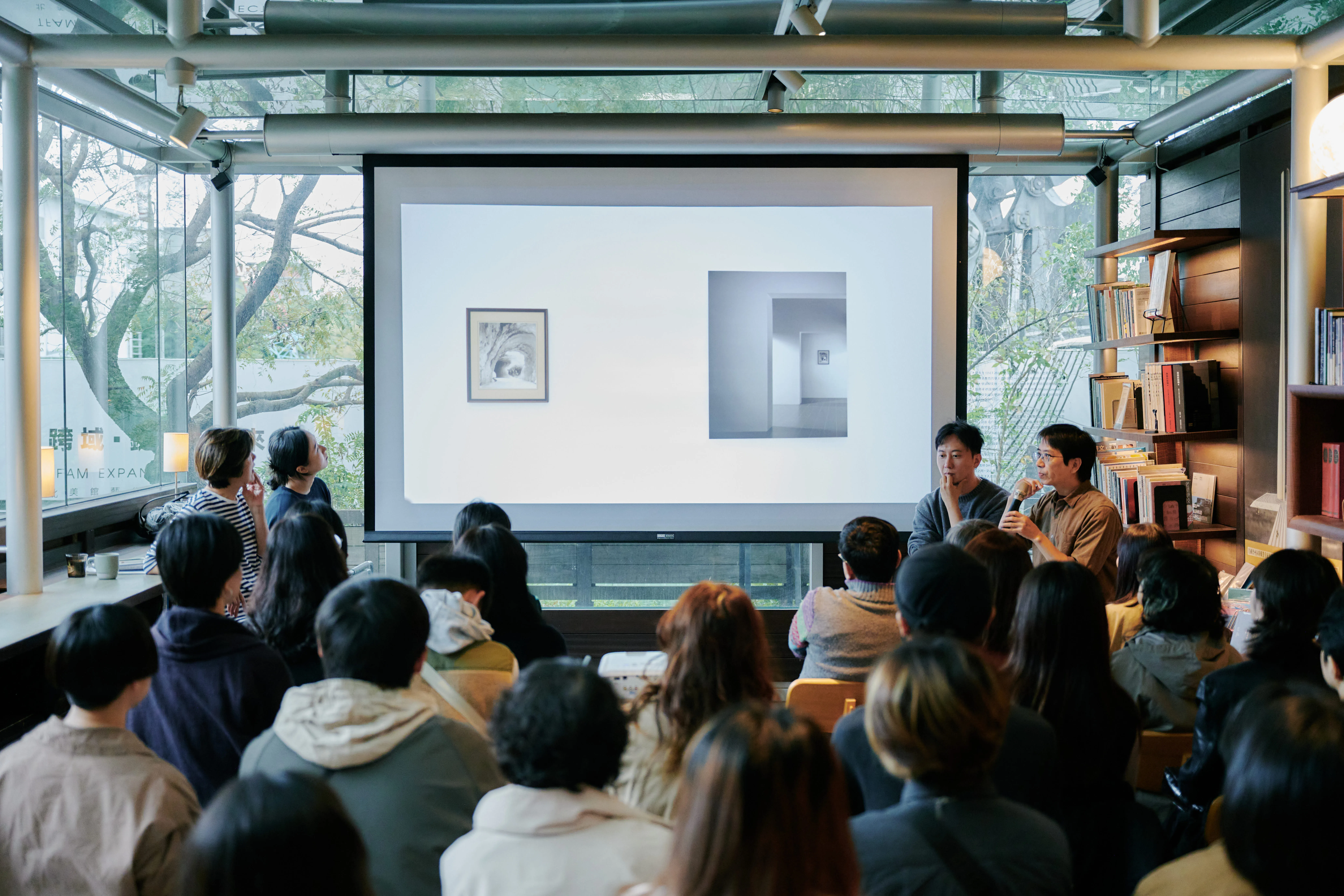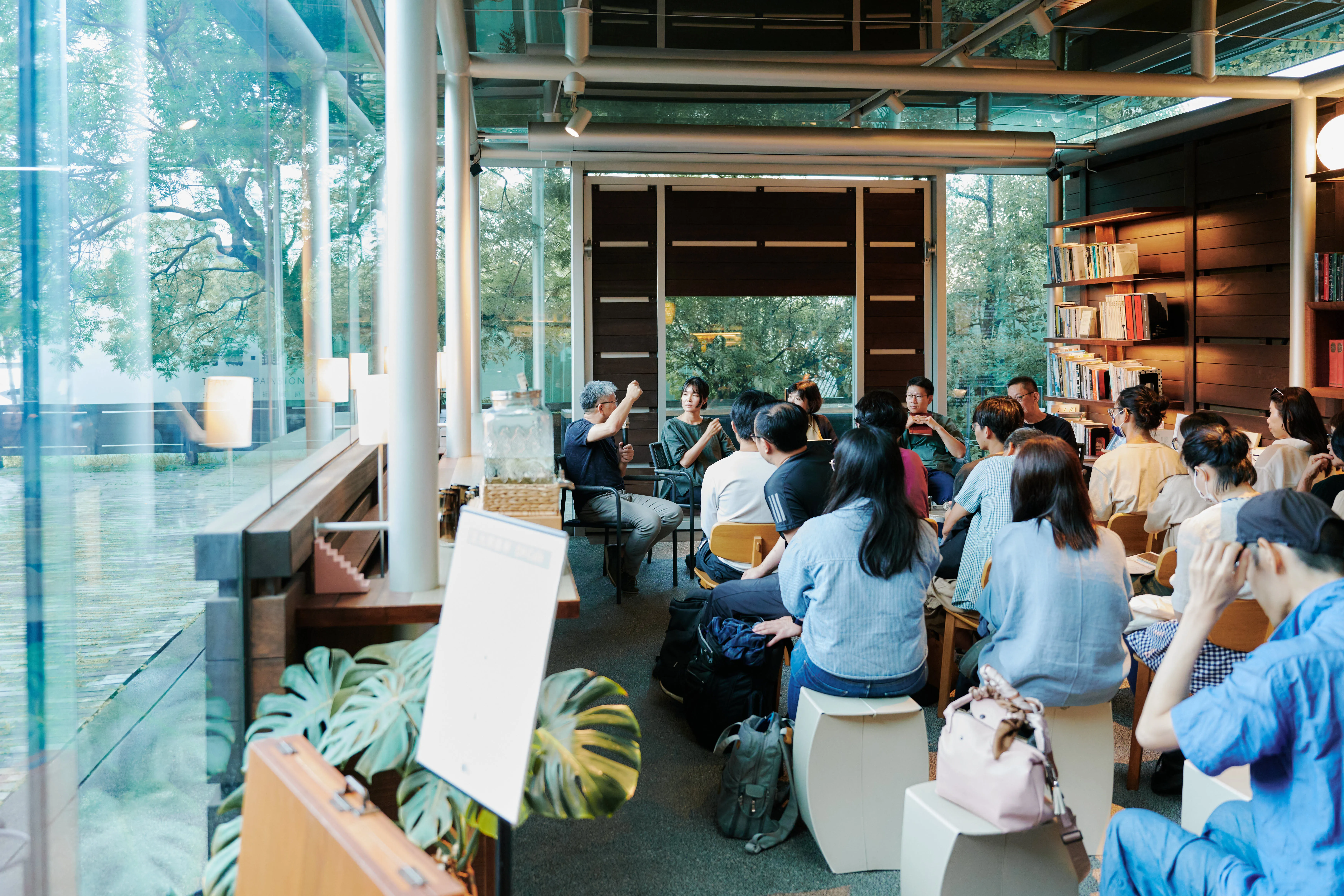
BOOKTALKS| A New Book Sharing Session on Those Uncollected Pearls and Favored "When We Live Together — Residential Design and Ideal Modern Living”
Speakers
Executive Secretary, Taiwan Museum Cultural Foundation, Shen Mengying Corporation
Research Assistant, National Taiwan Museum Hong
Guest
Ms. Wu, Senior Lecturer, Department of Architectural Design, Yiu Ting University
Location
DH Café (No. 153, Section 3, Zhongshan North Road, Zhongshan District, Taipei City)
Fee
$150 (Discountable on same day purchase)
Introduction
Since succeeding the Ministry of Culture's mission to promote knowledge on the history of architecture in Taiwan in 2020, the Taiwan Museum Cultural Foundation has been working with the National Taiwan Museum to carry out research, publication, exhibitions and documentaries on a number of classic architectural archives. In 2021, a collaborative study with the Taiwan Institute of Modern Architecture published a book, “100 Years of the Taiwan House”. Continuing this research, the exhibition “When We Live Together - Residential Design and Ideal Modern Living” is co-organized with the National Taiwan Museum in 2022, hoping to raise awareness of Taiwan's architectural culture.
In order to preserve and promote the research results of the exhibition, a special book of the same name was published after the end of the exhibition. In addition to the original exhibition cases, the book expands the content of the exhibition's literature and includes a number of jewel cases, which at the time were limited to the exhibition space and had to be disposed of, in order to more fully present the results of the curatorial research. AND CONTINUES TO CONVEY THE CORE OF THE CURATION: “THE HOUSE IS NOT ONLY A PLACE TO SHIELD THE WIND FROM THE RAIN, BUT ALSO A VEHICLE FOR OUR IDEAL MODERN LIFE.” Through a modern perspective, we look back at the evolution of housing perspectives and residential design in different eras in Taiwan and the world over the centuries, trying to inspire readers to reflect on issues such as housing policy, residential experience, residential design, or sustainable building, while also leaving a valuable record of the era and Testimony.
The event invites Shen Mengying, the authors of When We Live Together — Residential Design and Ideal Modern Living, Shen Mengying (Executive Secretary of the Taiwan Museum Cultural Foundation) and Hung Wei-Qian (Research Assistant at the National Taiwan Museum) to review their history from curation to book publishing and to share selected cases in the book. Special Guest Wu Yiu Ting (Senior Lecturer in the Department of Architectural Design, Xian University) will share his personal experience of visiting a public residence to collect data for the database “On-site Building History”.
Event Recap
If the 2023 exhibition “When We Live Together — Residential Design and Ideal Modern Living” is a phased presentation, the subsequent publication of the monograph of the same name is the beginning of a deeper discussion. During the new book sharing session, authors Shen Mengying, Hung Weiqi and special guest Wu Yiu Ting unpacked the secrets for the audience. Explore the meaning and possibilities of public housing through analysis of multiple “lost gem” cases and experiences from field visits.
In fact, the concept of public housing has been developed for more than a century in Europe, and different ideas about the lives of people in different countries have led to the birth of pluralistic systems. So a spectrum of housing types has formed: from country houses, social housing, cooperatives, housing companies to housing associations, and hundreds of flowers are developed all over the place. And putting Taiwan mansions in the context of the world for discussion is the starting point of the exhibition and the impetus for the publication of the book. The core theme of “How to Build a Better Life and Future Through Housing” invites readers to reflect on what the ideal living environment is worth living in, both directly and indirectly, by understanding the changing concepts and methods of different eras and the impact that each country's experiences have on Taiwan directly or indirectly.
Design style, social environment, and housing policy all influence the ideas of the ideal modern life of different eras. The buildings reflect the design innovations and social values of different periods, while also presenting changes in the interaction between people and the environment and the development of people-to-people co-habitation relationships. Over centuries of development, these buildings are more than just residences, many cases even become World Heritage Sites or important cultural assets of the country, such as Habitat 67 in Montreal, Canada. In Taiwan, buildings that serve as cultural heritage include famous residences, monuments, etc., and public or community dwellings are relatively rare. During the author's study, Honglu, which was closely related to the type, was designed by the architect Wang Daishi. Many interesting housing cases were demolished in the course of urban development, such as the Justice New Village Mansion designed by architect Chen Chi-Kwan, the national residence of Chen Yan and Wang Lai Zheng, the national residence of the architect, etc. But because the National Taiwan Museum's architectural drawings are a collection of archives, these buildings can be preserved through drawings.
In addition to the history of architecture in the book, Wu Yiu Ting also shares the history of “on-site” architecture through personal visits to foreign mansions. Witness the diversity of townhouses with seven cases including Finnish architect Alta's Terassitalo, Fire Station La Benauge in France, and Wah Fu Estate in Hong Kong. AND FROM THERE WE EXPLORE THE PRESENTATION OF COMMUNALITY AND INDIVIDUALITY UNDER MODULAR LIVING CONDITIONS.
Houses easily display the ideals of an era's architects and governments, and are often the type of ideal that is the least practical. The reason is that the maximum number of factors is needed when designing a collection of homes to plan to accommodate a large number of residents and meet all needs. At this time, the pursuit of idealism will require not only strong architects or governments, but more importantly, the people themselves must strive for the ideal life. It is hoped that through the exhibition and the publication of the special book, it will inspire more readers to reflect on contemporary housing developments and open up further discussions on the future housing styles in Taiwan.


